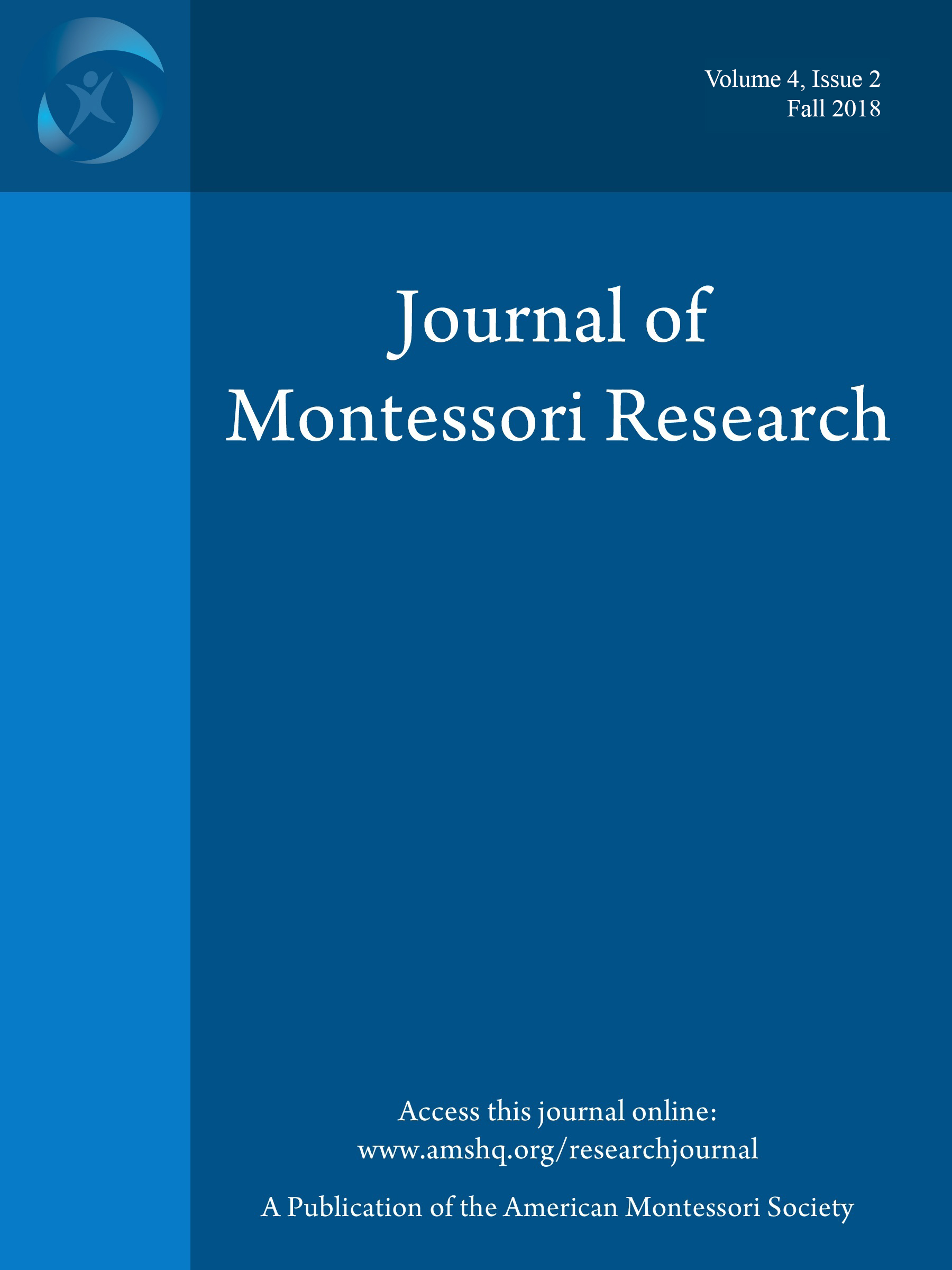Teacher-Centered Mentorship as Meaningful Professional Development
DOI:
https://doi.org/10.17161/jomr.v4i2.6923Keywords:
professional development, mindfulness, reflective practice, clinical supervisionAbstract
A real-time, multidimensional, professional-development program that is connected to both practice and school culture was delivered to a group of Montessori teachers with the goal of improving teaching practices and increasing student success by exploring the potential benefits of mindfulness, structured reflective practice, and teacher-centered mentorship (i.e., clinical supervision), A case study of each participant and of the cocreated professional-development learning communities revealed that the program supported teacher growth and efficacy. Four themes emerged from participants’ experiences: the importance of mindfulness as a precursor to reflection and mentorship, the creation of communities of trust, the benefits of structure and focus, and the role of supportive accountability in improved practices. The study provides preliminary evidence for the use of multidimensional and teacher-centered professional-development programs to improve teaching practices. The research study has implications for administrators, teachers, and future research.


